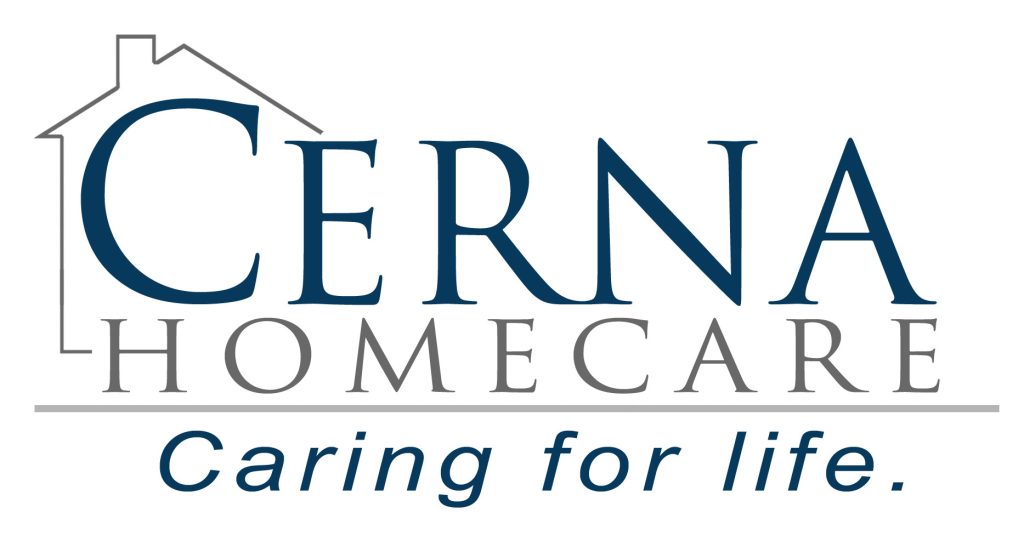The following is an article written by Tim Rowan, Founder & President of Rowan Consulting Associates. In it, he describes the need for home care to change to continue to be successful in the face of changes in U.S. Health Care.
HEALTHCAREfirst has a number of products that will help home health and hospice agencies become more successful and profitable. Our firstCPO is a physician portal that allows physicians to communicate with home health agencies, hospices, labs, and more to manage accountable care through a single web-based login. In addition, we offer HEALTHCAREfirst Business Intelligence, giving agencies invaluable real-time insight into their business practices including receivables, revenue and patient eligibility.
For more information about firstCPO, HEALTHCAREfirst Business Intelligence, or any of other products and services we offer, please call 800-841-6095 today.
 Home Care Must Change as U.S. Health Care Changes
Home Care Must Change as U.S. Health Care Changes
The stars do not always align. When they do, if you are paying attention, there are advantages waiting to be harvested. Example: two healthcare conferences were held recently on back to back dates in the same hotel. Though both “Healthcare Unbound” and the NAHC Financial Managers meeting have always been worth attending, doing so usually requires two plane tickets. This year, all that was required was the willingness to spend a few extra days in San Diego.
The payoff for that sacrifice was a glimpse into the future of U.S. healthcare. Healthcare Unbound was originated nine years ago by and for hospitals and physicians trying to keep up with new technologies that take patient care outside hospital and clinic walls. The NAHC meeting attracts CFOs, accountants and technology vendors.
This year, both meetings reflected healthcare’s suspension between last year’s passage of the Patient Protection and Affordable Care Act (ACA) and next year’s arrival of its first real effects. Hospital administrators, physicians and home health care providers alike are anticipating the impact of ACA-mandated Affordable Care Organizations (ACO). Looking forward, all three groups arrived independently at the same prediction:
ACOs may or may not ever materialize but the practice of acute and post-acute providers working hand in hand to coordinate care, reduce hospital readmissions and lower system-wide costs is here to stay, with or without the ACO label.
Everyone will be touched by hospitals’ problem
The ACA directs Medicare to recover payments made to hospitals for unnecessary readmissions within 30 days of discharge following a stay for three conditions: heart attack, pneumonia, and heart failure. CMS will start keeping score in Fiscal Year 2013 (FY13), which begins October 1, 2012.
First year penalties for failure to control readmissions can reach up to 1 percent of that year’s total Medicare payments to the hospital. The cap rises to 2 percent the next year and 3 percent the third year. Over time, CMS will add more diseases to the list.
Why does this matter to home care?
Hospitals will begin to look for methods to control unnecessary readmissions. Experts agree they will look in three places:
- Internal operational policies and processes, including risky premature discharges.
- Technology, especially sending patients home with telehealth systems.
- Post-acute partnerships.
Over and over again in San Diego, keynote speakers and panelists at both meetings warned home health care providers to put methods two and three at the top of their most critical to-do lists. The most likely scenario sees hospitals ending the practice of discharging patients to “nowhere,” dropping them at the door with nothing but an instruction sheet and a fistful of prescriptions. These are the patients who return with the greatest frequency.
The good news is that homecare is positioned to become a hero. The bad news is that the system will not need 12,000 heroes. Many hospitals have already begun to recruit post-acute partners so it behooves administrators to know right now what hospitals need. The few destined to survive will be the ones who move now to take these steps.
- Ensure that your agency’s Home Health Compare hospital readmission rates are in the top third in your market area.
- Ensure that your agency’s HH-CAHPS patient satisfaction scores are in the top 20% in your market area.
- Develop hospital readmission reports in your Electronic Health Record software.
- Find the head of the appropriate department in each of your local hospitals and deliver those reports to those persons. Your goal is to sell them on the advantages of discharging to home care.
The consensus at both conferences was that hospitals will soon be in the market for post-acute partners. Your very survival as a viable home health care provider may depend on whether your local hospital or hospitals choose you over your competitors. You must be able to demonstrate, with hard data, a track record that says you can reduce rehospitalizations from the national 29% average. According to Home Health Compare, approximately one-quarter of Medicare certified agencies have already hit 23%, so we know it is possible.
You can thrive under healthcare reform but you have to make unnecessary rehospitalization rate reduction your absolute priority and you have to begin today.
Tim Rowan is the founder and president of Rowan Consulting Associates, Inc., a Colorado technology consulting firm with clients across the country. RCAI is also the publisher of Home Care Technology Report, the Visible Guide to Technology Vendor Selection, and the popular video series, Home Health Survivor. Tim has studied and reported on home care and hospice technology since 1998.
You can read other great quality articles every week by subscribing to Tim’s newsletter.




